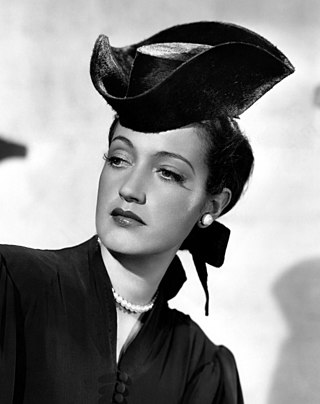
Dorothy Lamour was an American actress and singer. She is best remembered for having appeared in the Road to... movies, a series of successful comedies starring Bing Crosby and Bob Hope.

Clara Lou "Ann" Sheridan was an American actress and singer. She is best known for her roles in the films San Quentin (1937) with Humphrey Bogart, Angels with Dirty Faces (1938) with James Cagney and Bogart, They Drive by Night (1940) with George Raft and Bogart, City for Conquest (1940) with Cagney and Elia Kazan, The Man Who Came to Dinner (1942) with Bette Davis, Kings Row (1942) with Ronald Reagan, Nora Prentiss (1947), and I Was a Male War Bride (1949) with Cary Grant.
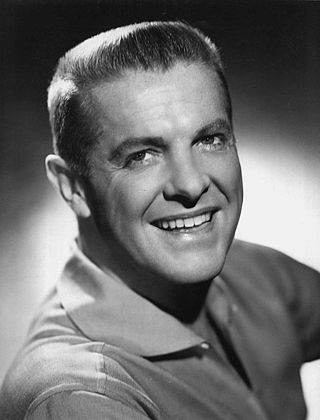
Charles Clarence Robert Orville Cummings was an American film and television actor who appeared in roles in comedy films such as The Devil and Miss Jones (1941) and Princess O'Rourke (1943), and in dramatic films, especially two of Alfred Hitchcock's thrillers, Saboteur (1942) and Dial M for Murder (1954). He received five Primetime Emmy Award nominations, and won the Primetime Emmy Award for Best Actor in a Single Performance in 1955. On February 8, 1960, he received two stars on the Hollywood Walk of Fame for his contributions to the motion picture and television industries, at 6816 Hollywood Boulevard and 1718 Vine Street. He used the stage name Robert Cummings from mid-1935 until the end of 1954 and was credited as Bob Cummings from 1955 until his death.

The Saint Strikes Back is a 1939 American crime film directed by John Farrow. It marks the second cinematic incarnation of the antihero crimefighting character Simon Templar, alias "The Saint". George Sanders replaced Louis Hayward, who had played the Saint in The Saint in New York. The movie was produced by RKO and also featured Wendy Barrie as female gang leader Val Travers. Barrie would appear in two more Saint films, playing different roles each time, though not in the next film in the series, The Saint in London. This was the second of eight films in RKO's film series about The Saint, and the first of five with Sanders in the title role.
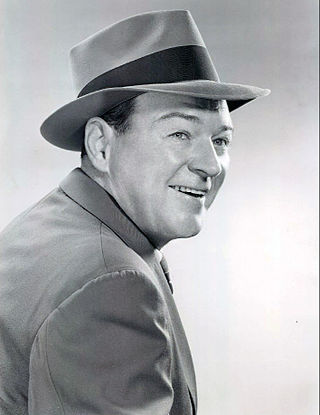
William Dennis Gargan was an American film, television and radio actor. He was the 5th recipient of the Screen Actors Guild Life Achievement Award in 1967, and in 1941, was nominated for the Academy Award for Best Supporting Actor for his role as Joe in They Knew What They Wanted. He acted in decades of movies including parts in Follow the Leader, Rain, Night Flight, Three Sons, Isle of Destiny and many others. The role he was best known for was that of a private detective Martin Kane in the 1949–1952 radio-television series Martin Kane, Private Eye. In television, he was also in 39 episodes of The New Adventures of Martin Kane.

Jean Rogers was an American actress who starred in serial films in the 1930s and low–budget feature films in the 1940s as a leading lady. She is best remembered for playing Dale Arden in the science-fiction serials Flash Gordon (1936) and Flash Gordon's Trip to Mars (1938).
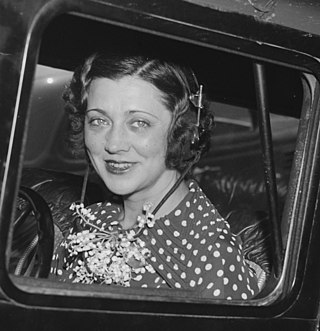
Blanche Noyes was an American pioneering female aviator who was among the first ten women to receive a transport pilot's license. In 1929, she became Ohio's first licensed female pilot.
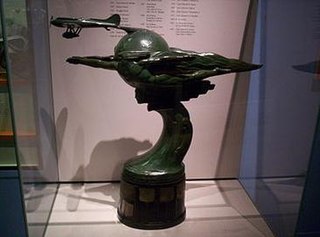
The Bendix Trophy is a U.S. aeronautical racing trophy. The transcontinental, point-to-point race, sponsored by industrialist Vincent Bendix founder of Bendix Corporation, began in 1931 as part of the National Air Races. Initial prize money for the winners was $15,000. The last Bendix Trophy Race was flown in 1962.
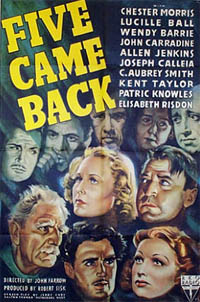
Five Came Back is a 1939 American black-and-white melodrama from RKO Radio Pictures produced by Robert Sisk, directed by John Farrow, written by Jerry Cady, Dalton Trumbo, and Nathanael West, and starring Chester Morris and Lucille Ball. The film was photographed by cinematographer Nicholas Musuraca. Although considered a B movie, the positive notices received by Ball helped launch her career as an A-list actress. Five Came Back is considered a precursor of the disaster film genre. The supporting cast features Wendy Barrie, John Carradine, C. Aubrey Smith, Kent Taylor, and Patric Knowles.

Shirley Ann Richards was an Australian actress and author who achieved notability in a series of 1930s Australian films for Ken G. Hall before moving to the United States, where she continued her career as a film actress, mainly as a Metro-Goldwyn-Mayer starlet. Her best known performances were in It Isn't Done (1937), Dad and Dave Come to Town (1938), An American Romance (1944), and Sorry, Wrong Number (1948). In the 1930s, she was the only Australian actor under a long-term contract to a film studio, Cinesound Productions. She subsequently became a lecturer and poet.

Marguerite Churchill was an American stage and film actress whose career lasted 30 years, from 1922 to 1952. She was John Wayne's first leading lady, in The Big Trail (1930).
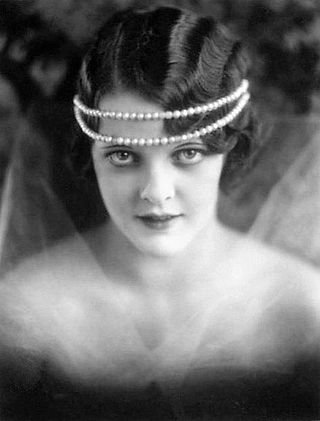
Blanche Mehaffey was an American showgirl and film actress.
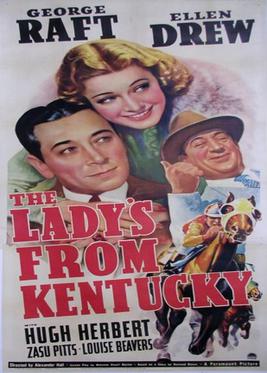
The Lady's from Kentucky is a 1939 film directed by Alexander Hall and starring George Raft and Ellen Drew. It was written by Malcolm Stuart Boylan from a story by Rowland Brown. The screenplay involves a failing bookie (Raft) who becomes half owner of a racehorse, with a Kentucky lady (Drew) owning the other half. ZaSu Pitts plays a supporting role.

Tail Spin is a 1939 aviation film. The screenplay was written by Frank Wead and directed by Roy Del Ruth. It was based on the book, "Women with Wings: A novel of the modern day aviatrix", authored by Genevieve Haugen, who was also an advisor and stunt pilot in the film. Tail Spin starred Alice Faye, Constance Bennett, Nancy Kelly, Joan Davis, Charles Farrell and Jane Wyman.
Seton Ingersoll Miller was an American screenwriter and producer. During his career, he worked with film directors such as Howard Hawks and Michael Curtiz. Miller received two Oscar nominations and won once for Best Screenplay for the 1941 fantasy romantic comedy film, Here Comes Mr. Jordan, along with Sidney Buchman.

Fern Andra, Dowager Baroness von Weichs was an American actress, film director, script writer, and producer. Next to Henny Porten and Asta Nielsen, she was one of the most popular and well-known actresses in German silent film.

The Women's Air Derby was the first official women-only air race in the United States, taking place during the 1929 National Air Races. Humorist Will Rogers referred to it as the Powder Puff Derby, the name by which the race is most commonly known. Nineteen pilots took off from Clover Field, Santa Monica, California, on August 18, 1929. Marvel Crosson died in a crash apparently caused by carbon monoxide poisoning, but fifteen completed the race in Cleveland, Ohio, nine days later.
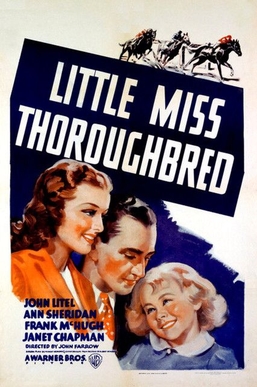
Little Miss Thoroughbred is a 1938 film directed by John Farrow. Peggy Ann Garner made her debut in the film. It was also known as Little Lady Luck.

Comet over Broadway is a 1938 American drama film starring Kay Francis, Ian Hunter and Donald Crisp. It was produced and released by Warner Brothers. John Farrow stepped in as director when Busby Berkeley became ill, but Farrow was uncredited on the film.

Margaret "Talli" Tallichet was an American actress and longtime wife of movie director William Wyler. Her best-known leading role was with Peter Lorre in the film noir Stranger on the Third Floor (1940).




















